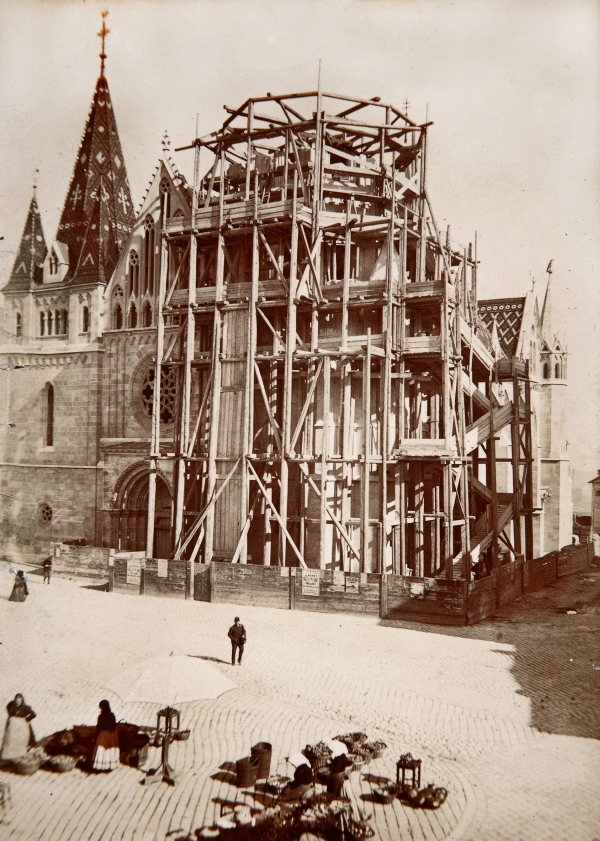Matthias Church
Centuries of the Church of Our Lady in Buda Castle
Budapest History Museum, 15 April – 18 October 2015

Matthias Church, 1890 k. ┬® BTM
In spring 2015, the Castle Museum of Budapest History Museum joins forces with the Matthias Church to bring you a grandiose dual exhibition about the profound history of the Buda Castle Coronation Church of Our Lady. This church is one of the most renowned basilicas of the Catholic Church and part of the World Heritage, functioned as the coronation church, was the location for state representation of Hungary and also played a key role in the life of Buda over the course of history. The story of the church ŌĆō which has been built around the 13th century – is deeply intertwined with the history of the country.
By the 15th century it has become the main parish church of the capital city of Buda and has served as the scene of royal ceremonies (marriages, burials). During the Ottoman occupation it has been transformed into a mosque. After the recapture the buildingŌĆÖs Catholic authenticity was restored by the Jesuits, but it wasnŌĆÖt until the coronation of Franz Joseph I in 1867 and Frigyes SchulekŌĆÖs restoration work that the Matthias Church has fully regained its position of honor. Also, this was the time when the surrounding area was restructured ŌĆō the church was separated from its neighboring buildings, the FishermanŌĆÖs Bastion and the Statue of Saint Stephen were built. The church was the place to house the first performance of Franz LisztŌĆÖs Missa Coronationalis and here was enthroned the last of the Hungarian kings, Charles IV.
The monumental reconstruction financed by the Hungarian State commenced in 2004 and it took ten years to restore the art relics to their past glory. The new learnings gained (historical, archeological, architectural, art historical and technological) justify the organization of a new thematic exhibition and the release of a related scientific catalog that will help this knowledge to become public domain.
A part of the exhibited material is from the collections of the Budapest History Museum. Our museum holds most of the medieval architectural fragments of the church, new archeological findings, almost 4700 architectural designs from the time of Frigyes SchulekŌĆÖs 19th century restoration work, tons of old photographs and written documents. The Main Parish Church of Our Lady is instrumental in the exhibition, we display their collections formerly unknown to public (fixtures, vestments, goldsmith objects). Even the churchŌĆÖs recently discovered baroque period is commemorated with the altar-pieces removed in the 19th century and its liturgic equipment. One of the highlights of the exhibition is the vast plaster maquette made by Frigyes Schulek, which ŌĆō even with the damages taken in World War II ŌĆō is one the most remarkable relics of Hungarian history of architecture. The exhibition touches upon the story of the historic reconstruction, which has ended last year.
